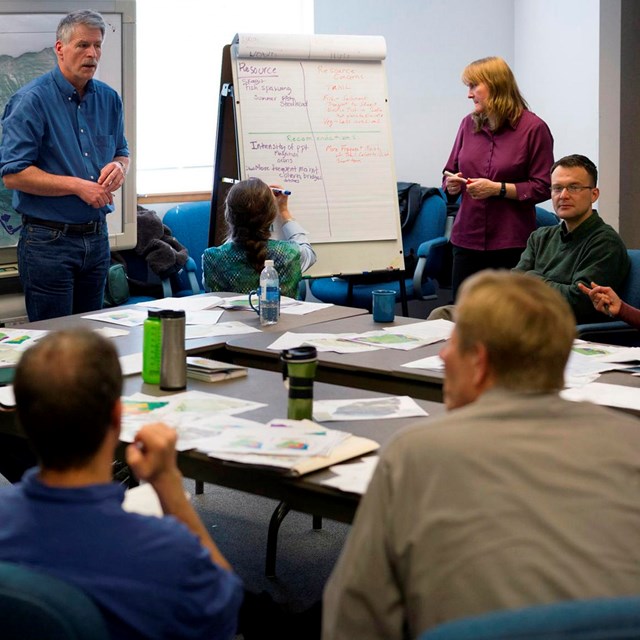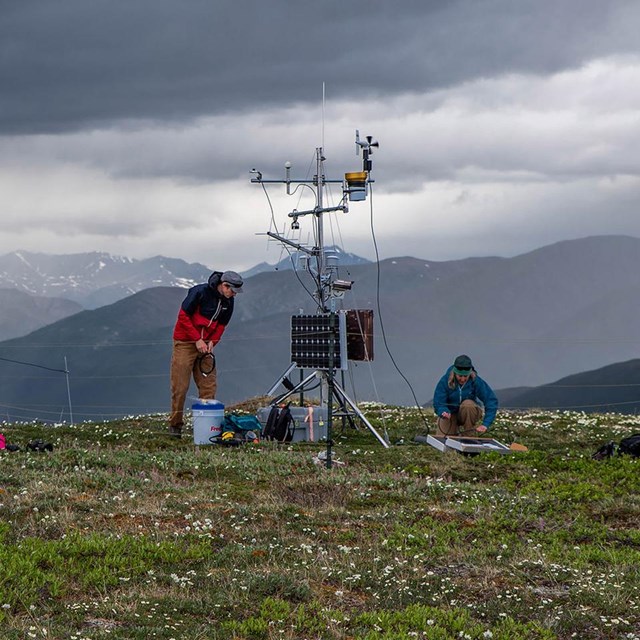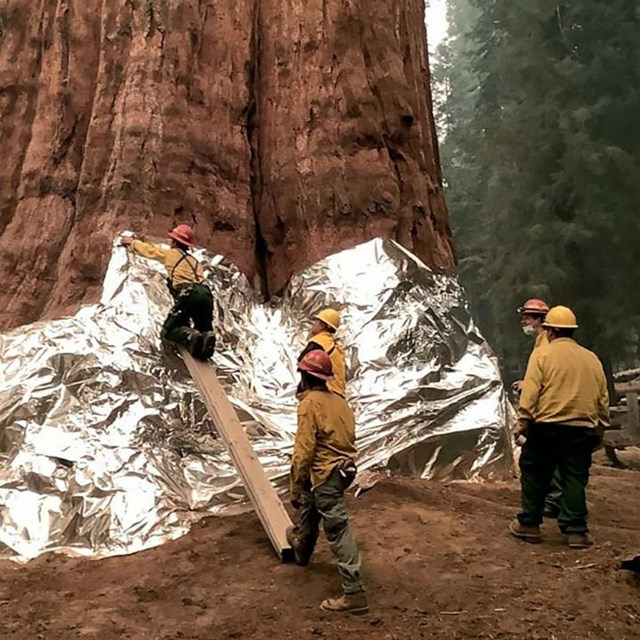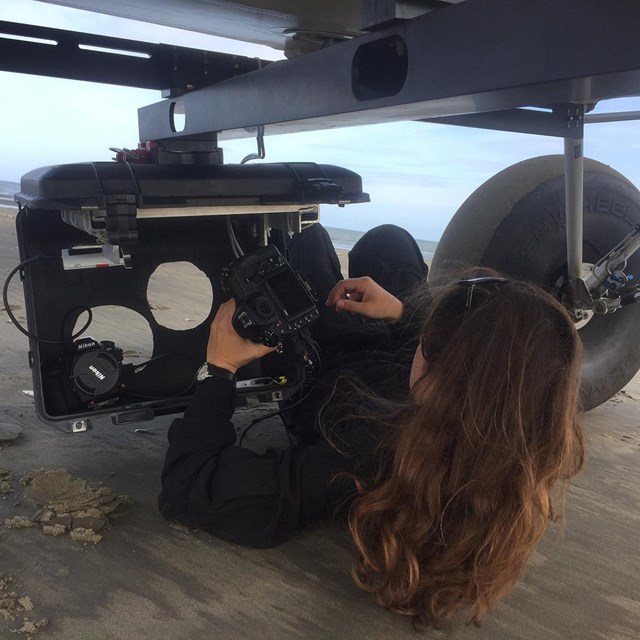When coupled with climate trends, long-term monitoring can help us understand what to expect over the next few decades and provide park managers with time and tools to plan for a range of scenarios. With the information we have now, the Inventory & Monitoring Division can describe how sensitive and vulnerable ecosystems and species are to climate factors such as warming temperatures, drought, and the shift in seasons. We can model and forecast trends into the future to help park managers explore climate change scenarios. By providing park managers with the specifically tailored information and tools they need for decisionmaking, we can help them manage parks within the context of a changing climate.
-
 Climate Adaptation Planning
Climate Adaptation PlanningHow long-term monitoring helps inform park-based climate adaptation planning.
-
 Climate Trends and Models
Climate Trends and ModelsClimate information from an extensive network of weather stations is the basis for understanding climate trends and extreme events.
-
 Vulnerability Assessments
Vulnerability AssessmentsSpecies and ecosystems respond differently to climate change. Long-term monitoring helps identify where and when they are most vulnerable.
-
 Management Action
Management ActionLong-term monitoring provides park managers with information they need to make difficult decisions.
-
 Remote Sensing and Climate Change
Remote Sensing and Climate ChangeIn some cases, remote sensing can be a useful tool to see bigger patterns of climate change on the landscape.
-
 More About Climate Change
More About Climate ChangeLearn more about what we are learning from long-term monitoring about how parks are impacted by climate change.
Last updated: November 6, 2024
